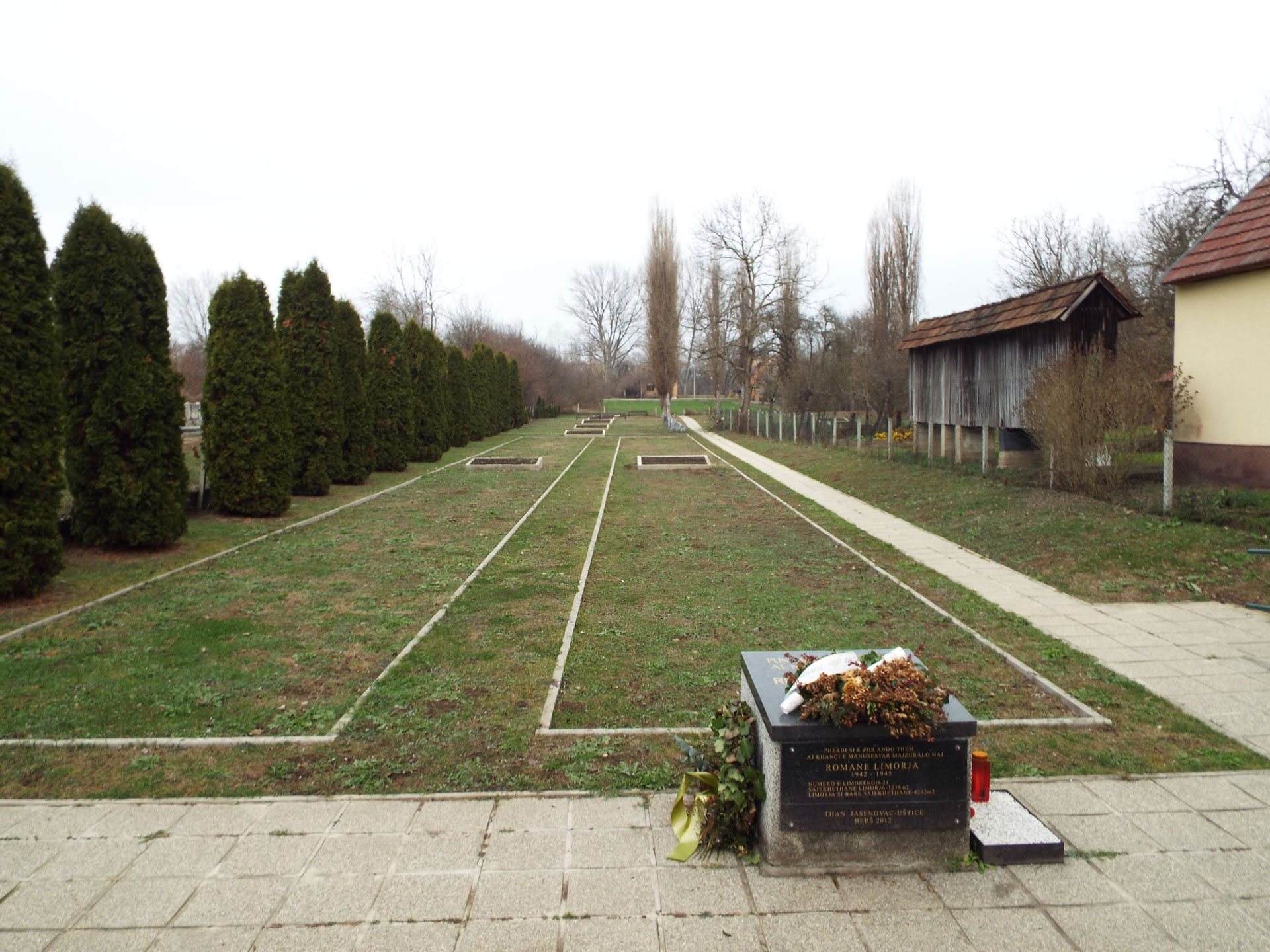The forgotten Roma Partisan unit
More than 15,000 Roma lived in the Banovina Croatia in 1941, the majority in villages, mostly on the outskirts, isolated from the rest of the village. When the ultra-nationalist Ustasha movement took power in the newly created Independent State of Croatia in April 1941, they considered the Roma as one of the undesirable social groups and a threat for a “racially pure” Croatian society. The Ustasha authorities found a solution to the “Gypsy question” in May 1942 by ordering the systematic deportation of all Roma to the Jasenovac camp system, where they were to be genocidally exterminated. In the following months, most Roma were taken from their homes to the Jasenovac camp, where they were soon killed.
However, part of the Roma did not trust the Ustasha authorities when they told them that they would be taken to other regions where they would be given land to cultivate. Thus, in summer 1942, a small Roma group fled to the forests in the vicinity of Daruvar and Garašenica (in northeastern Croatia). Soon after, Partisan units found out about them and established contact. Krsto Bosanac, one of the Partisan commanders, described how he met them at night and that they were starving and terrified. The Roma agreed to join the Partisans in the village of Bijela, and a Roma partisan platoon of about fifteen fighters was formed. What made this unit special was that their fighters did not want to be separated from their families, and that they conscientiously carried out the tasks of requisitioning weapons and goods from the enemy. A few months later, this unit was disbanded and joined larger Partisan units. However, this Roma Partisan unit is the first such known military unit and is an example of the active participation of Roma in the antifascist resistance in Yugoslavia.
After the war, the new Yugoslav socialist authorities suppressed the memories of the Roma victims, and also of their participation in the liberation of the country. Thus, no memorial was erected to the Roma Partisan unit nor were commemorations held in memory of their Roma fighters. More than forty years had to pass before individuals, such as Vicko Antić Pepe (prominent Partisan commander and post-war communist official), began to point out its existence: In an interview from April 1984, he mentions that he had “one tenth of Roma in his division”. Ten years later, in a book about the Roma in the Virovitica area, this unit is briefly described, which underlines the need to research its significance as part of the Yugoslav Partisan movement.
Danijel Vojak


